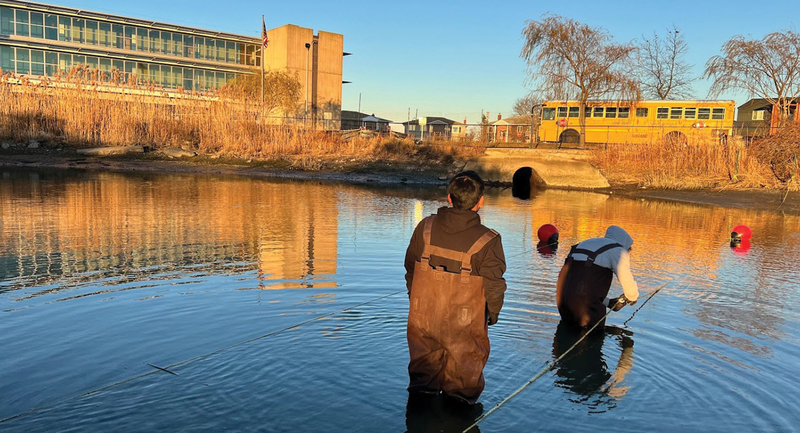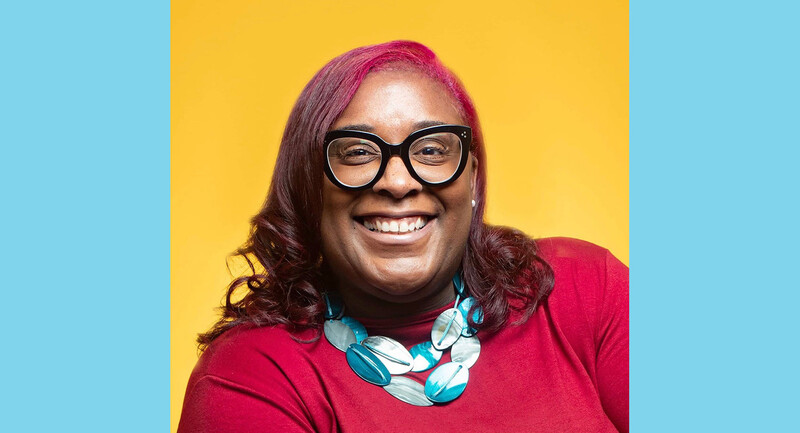Recently, the language arts department at my school spent the better part of a meeting wrestling with a challenge: the apparent inability of today's teens to independently work their way through text. Although our students perform well on end-of-grade exams, they struggle with the higher-level questions we integrate into lessons and groan when it's time for sustained silent reading. "They can't seem to focus," said one of my peers. "How can we possibly teach reading when our kids just won't read?"
If you've spent any part of your career in text-driven classrooms, I'll bet our concerns resonate with you. Instead of getting lost in a book, students fiddle and squirm or ask to go to the bathroom. They switch titles every few days. They stare at the same page for half the instructional period and seek out books with as few words as possible— explaining the popularity of anime, graphic novels, and image-driven nonfiction titles. Students even skip text providing simple directions; they seem intimidated by any paragraph that continues for more than a few sentences.
These behaviors are discouraging but should come as no surprise. After all, classrooms are one of the only text-driven environments that our students experience. Beyond school, U.S. students spend most of their time with media consuming digital information from televisions, radios, and computers. Much of this electronic information is visual or is processed passively, in small bites.
Of the 11.2 hours each day that the average American spends interacting with information, slightly more than 30 minutes is spent with books, magazines, or newspapers (Bohn & Short, 2009). This shift is having a significant impact on readers, as Nicholas Carr described in his 2008 article "Is Google Making Us Stupid?":
Immersing myself in a book or a lengthy article used to be easy. My mind would get caught up in the narrative or the turns of the argument, and I'd spend hours strolling through long stretches of prose. That's rarely the case anymore. Now my concentration often starts to drift after two or three pages. I get fidgety, lose the thread, begin looking for something else to do. I feel as if I'm always dragging my wayward brain back to the text.
Dragging Back Their Brains
So how can you drag the wayward brains in your classroom back to deeper reading? Begin by recognizing that today's students are driven by opportunities to interact with one another. Conversations—whether they are started on Facebook, through text messages, or in the hallways—play a central role in adolescents' lives. Understanding that participation is a priority, the best teachers create social reading experiences and blur lines between fun and work.
One great tool for creating social reading experiences is Diigo, a free online application that allows users to add highlights and comments onscreen to any Web-based text. These comments can be seen by anyone using Diigo and are identified with the commenter's user name. Diigo also enables users to bookmark and "tag" with keywords any online articles that they find fascinating. Classes studying topics together can share their reading. Articles tagged by one user become instantly available to another, providing a source for continued study and ongoing conversations.
The best news is that creating secure student accounts in Diigo is easy. Teachers can form a classroom group that enables students to see only the articles bookmarked and the annotations shared by their teachers and peers—instead of the comments of the entire Diigo community.
Avid Reading
Social bookmarking applications like Diigo help my classes explore interesting texts and get students reading actively. As students highlight parts of the text they find compelling and add comments in onscreen threaded discussions, they challenge the thinking of their peers and even of the author.
My students read and annotate at all hours of the day—before class, during lunch, or while surfing the Web after dinner—and return to our shared articles time and again to track developing conversations. Their reading has moved from a solitary act to the kind of community-driven practice that resonates with today's teen.
I started my work with Diigo by introducing students to the characteristics of good conversations. We practiced questioning and respectfully disagreeing with the opinions of others. We studied the differences between digital and face-to-face conversations and regularly rated practice annotations that we added to shared texts. (For guidance on setting criteria for annotations, go here.) We reviewed particularly active strands in our Diigo conversations. (Scroll down on the site referenced above for a sample of thoughtful student interaction.)
To structure substantial conversations instead of reactive chatter, I defined five specific roles (listed in the Shared Annotation Roles section of the Digitally Speaking site referenced above) for students working in shared annotation groups. Roles include "Captain Cannonballs," who start conversations by posing thoughtful questions about key ideas in the text, and "Middle Men," who point out common ground between seemingly opposing views in each discussion.
Finding time in a packed curriculum to emphasize this kind of online commenting and responding has been a challenge, but it's been worth it. New opportunities to interact have drawn my students back to text-based studies. Tools such as Diigo are fundamentally changing the reading experience—and effective teachers must adapt to keep their students engaged.







